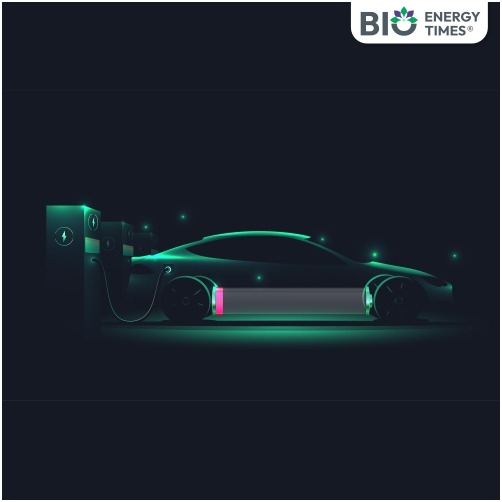In a first for India, the Kerala State Electricity Board (KSEB), in collaboration with the Indian Institute of Technology (IIT) Bombay, has launched a large-scale pilot project to test Vehicle-to-Grid (V2G) technology in real-world conditions. The initiative aims to connect electric vehicles (EVs) with renewable energy sources, storing solar power in EV batteries during the day and sending it back to the grid when electricity demand is high, reports Mathrubhumi.com.
The project will be carried out in two stages. The first stage will focus on a detailed study to understand the technical and regulatory requirements of V2G. The second stage will involve setting up and running a pilot system through KSEB’s existing electricity network.
The goal is to explore how EVs can help solve challenges faced by the power grid, such as managing peak-hour demand, improving frequency control, supporting rooftop solar usage, and balancing supply and demand more efficiently.
V2G technology allows electric vehicles to act as energy providers when they are parked and plugged into special two-way chargers. This means they can supply power back to the grid, effectively turning EVs into mobile power storage units.
When charging (known as Grid to Vehicle), EVs draw power from the grid. Using time-based electricity pricing and smart charging methods, this process can be managed to reduce stress on the grid. In reverse, when discharging, the vehicles become small-scale power sources that feed electricity into the system.
This technology works alongside other emerging energy-sharing methods, like Vehicle-to-Home (V2H) and Vehicle-to-Vehicle (V2V), but experts say V2G offers the most benefit for power systems.
V2G is already being tested in many countries with growing electric vehicle use. In some areas, EV owners are paid for providing electricity during peak hours, especially where solar and wind power are widely used.
The technology is also being used in emergencies. In disaster-prone regions, V2G-enabled vehicles have helped provide backup power during blackouts. With climate risks increasing, many governments and power providers are looking at V2G as a way to make their electricity networks more reliable during crises.
Kerala’s new pilot project could lead the way for similar efforts in other parts of India as the country pushes ahead with its goals for clean energy and electric transport.














